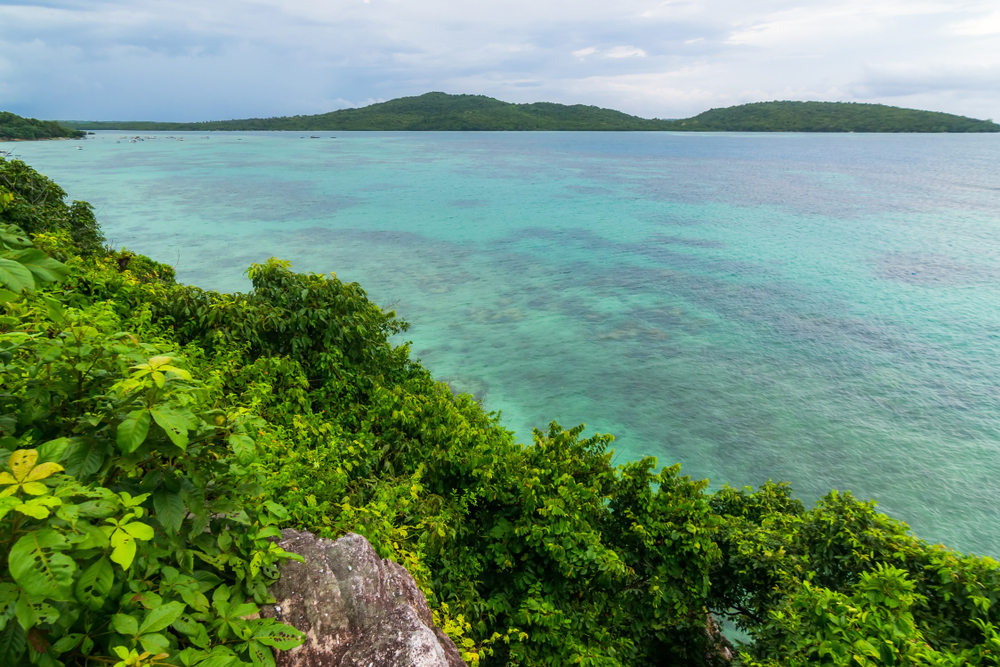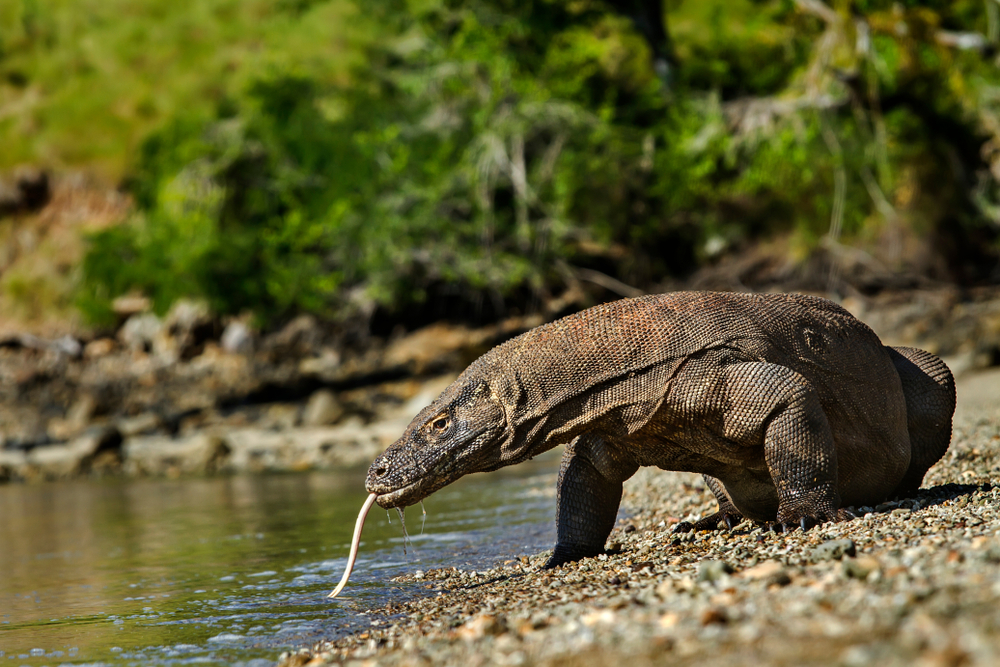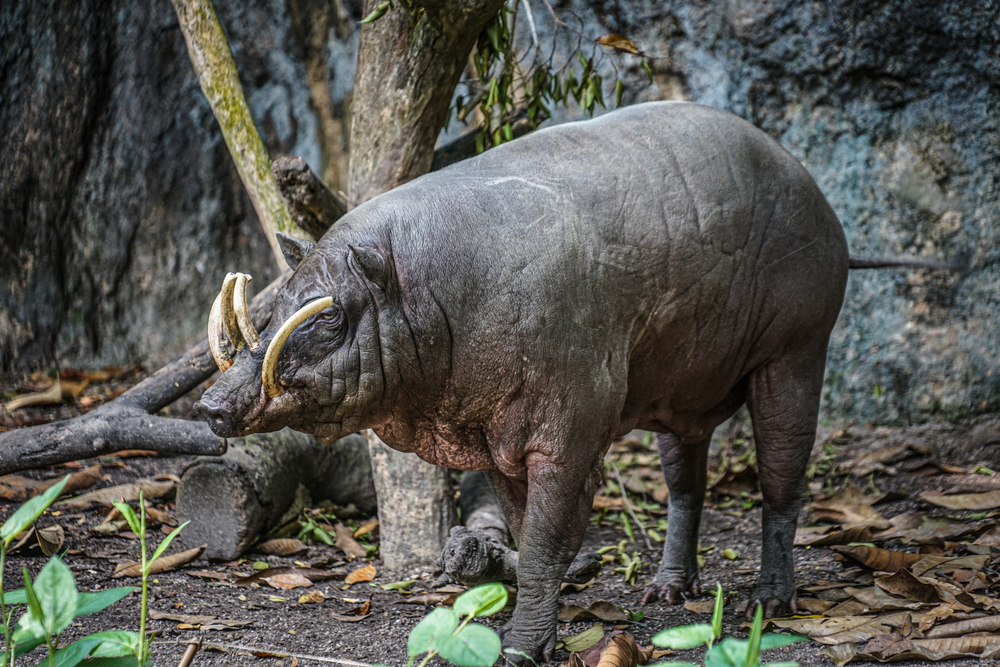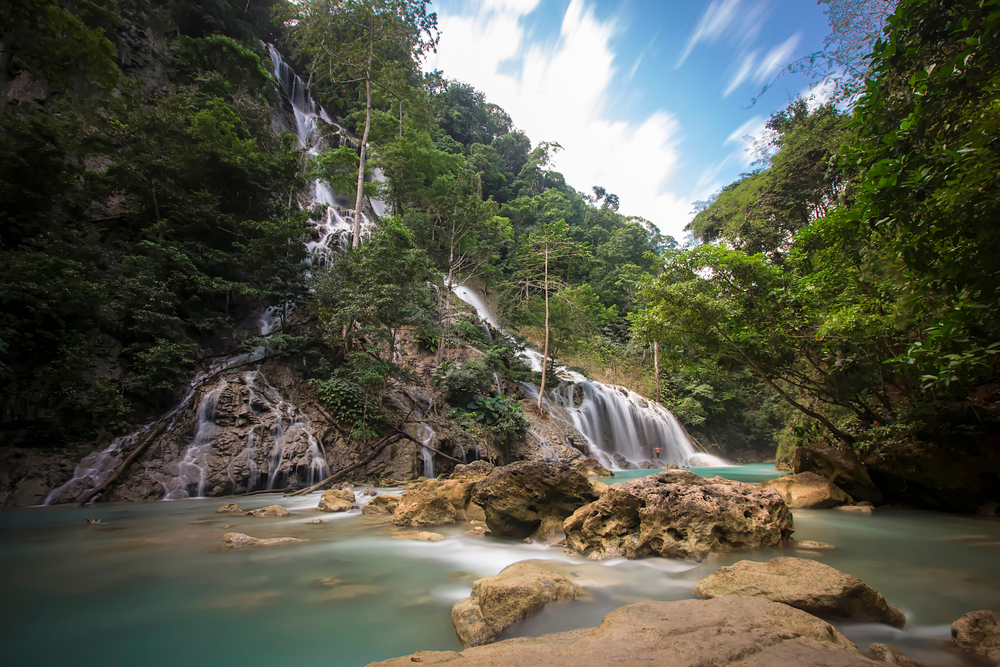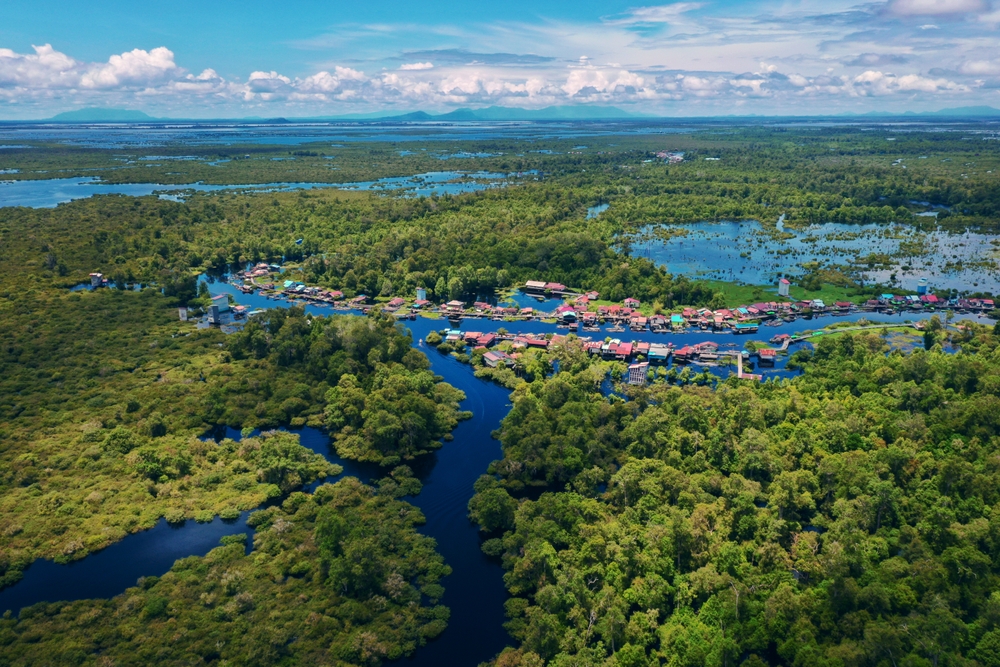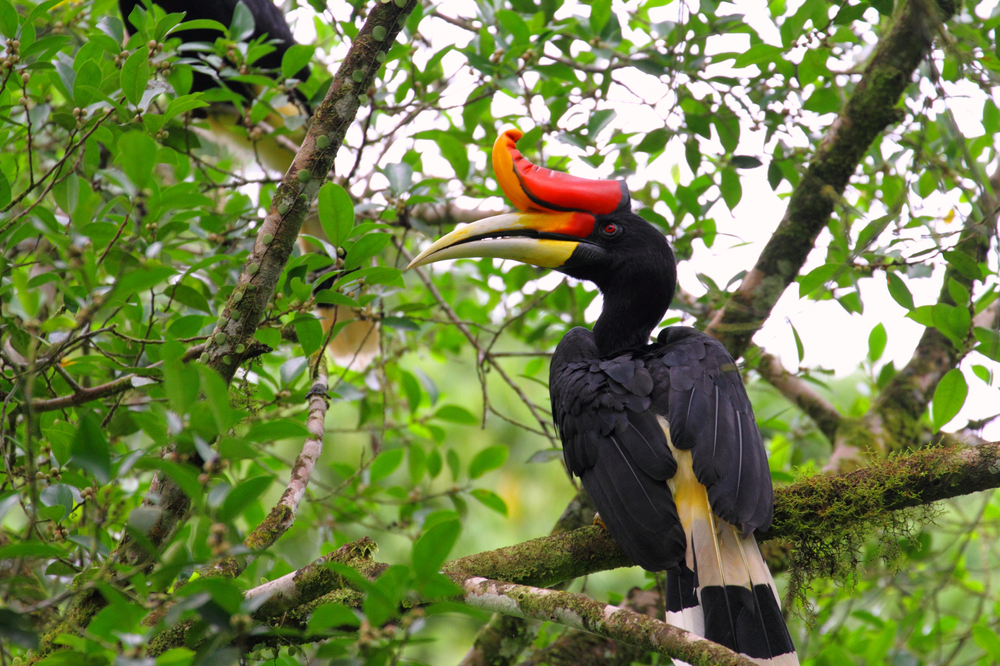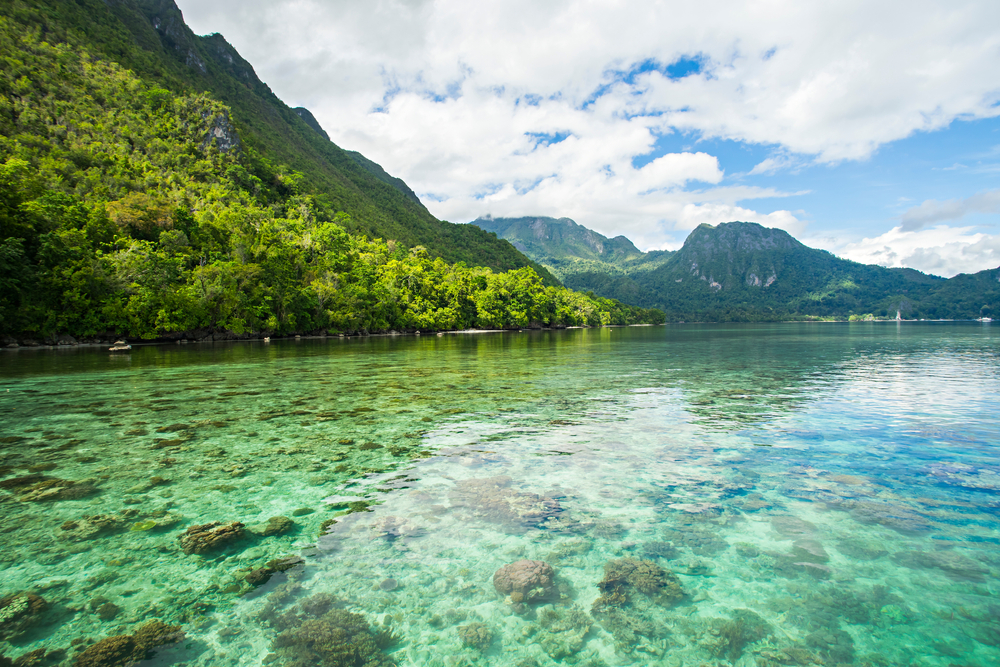Karimunjawa Overview
Karimunjawa National Park, locally known as Taman Nasional Karimunjawa, is a stunning archipelago situated in the Java Sea, about 50 miles (80 kilometers) northwest of Jepara, Central Java, Indonesia.
Encompassing a total area of approximately 1,117 square kilometers (431 square miles), this national park is a maritime haven composed of 27 islands, with only five of them inhabited. Its vast expanse of tropical marine ecosystems and lush landscapes makes it a remarkable destination for nature lovers and conservation enthusiasts.
The park’s terrain is a harmonious blend of pristine beaches, coral reefs, mangrove forests, and lowland tropical forests. Its islands feature powdery white sand beaches and rocky shores that provide a picturesque setting against the turquoise waters of the Java Sea. The surrounding coral reefs, covering roughly 110 square kilometers (42 square miles), boast vibrant marine biodiversity.
The mangrove forests are particularly striking, offering a labyrinth of greenery that supports unique ecological functions. Notable features include Menjangan Besar Island, famous for its shark conservation program, and Kemujan Island, which has a shipwreck diving site.
Wildlife in Karimunjawa National Park is both diverse and enchanting. Marine life thrives with an array of species, including hawksbill and green sea turtles, clownfish, parrotfish, and reef sharks. Birdwatchers can marvel at species such as white-bellied sea eagles, kingfishers, and the endangered Javan hawk-eagle. On land, the islands host the Javan rusa deer and other smaller mammals, while the mangroves provide shelter for various crustaceans and amphibians.
Visitors are drawn to Karimunjawa for its natural beauty and the variety of activities it offers. Snorkeling and diving are among the most popular pursuits, providing opportunities to explore the coral gardens and interact with vibrant marine life.
Kayaking through the mangrove forests and hiking across the islands’ gentle terrains add to the immersive experience. The islands also offer boat tours, where visitors can island-hop and experience secluded beaches. Birdwatching, especially during migration seasons, is another favored activity, along with witnessing sea turtles nesting on the sandy shores.
Conservation has been a central focus of Karimunjawa National Park’s management. Efforts to protect the fragile coral reef ecosystems and marine biodiversity have been implemented through sustainable tourism and strict regulations on fishing and other activities.
The shark conservation program on Menjangan Besar Island is a notable success, raising awareness about marine preservation. However, the park faces challenges such as over-tourism, waste management, and illegal fishing practices. Continued collaboration between the local communities, park authorities, and environmental organizations is vital for addressing these issues and ensuring the park’s long-term sustainability.








































































